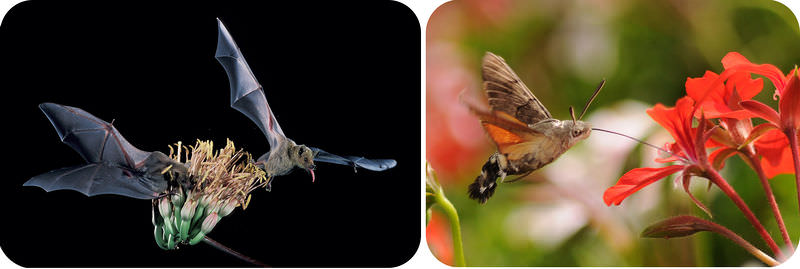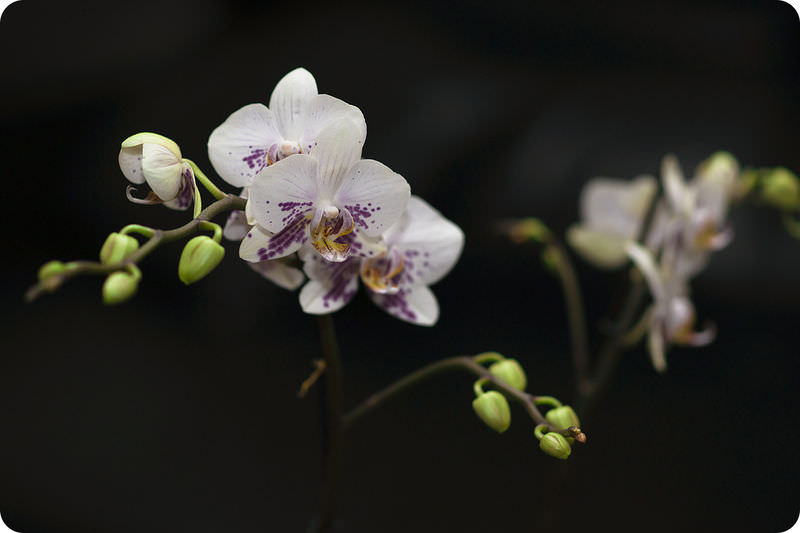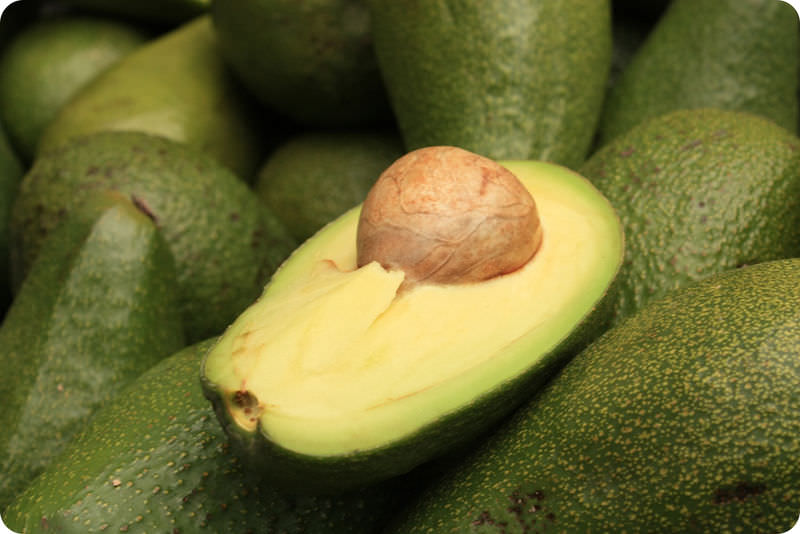9.1: Angiosperm
- Page ID
- 12224
\( \newcommand{\vecs}[1]{\overset { \scriptstyle \rightharpoonup} {\mathbf{#1}} } \)
\( \newcommand{\vecd}[1]{\overset{-\!-\!\rightharpoonup}{\vphantom{a}\smash {#1}}} \)
\( \newcommand{\dsum}{\displaystyle\sum\limits} \)
\( \newcommand{\dint}{\displaystyle\int\limits} \)
\( \newcommand{\dlim}{\displaystyle\lim\limits} \)
\( \newcommand{\id}{\mathrm{id}}\) \( \newcommand{\Span}{\mathrm{span}}\)
( \newcommand{\kernel}{\mathrm{null}\,}\) \( \newcommand{\range}{\mathrm{range}\,}\)
\( \newcommand{\RealPart}{\mathrm{Re}}\) \( \newcommand{\ImaginaryPart}{\mathrm{Im}}\)
\( \newcommand{\Argument}{\mathrm{Arg}}\) \( \newcommand{\norm}[1]{\| #1 \|}\)
\( \newcommand{\inner}[2]{\langle #1, #2 \rangle}\)
\( \newcommand{\Span}{\mathrm{span}}\)
\( \newcommand{\id}{\mathrm{id}}\)
\( \newcommand{\Span}{\mathrm{span}}\)
\( \newcommand{\kernel}{\mathrm{null}\,}\)
\( \newcommand{\range}{\mathrm{range}\,}\)
\( \newcommand{\RealPart}{\mathrm{Re}}\)
\( \newcommand{\ImaginaryPart}{\mathrm{Im}}\)
\( \newcommand{\Argument}{\mathrm{Arg}}\)
\( \newcommand{\norm}[1]{\| #1 \|}\)
\( \newcommand{\inner}[2]{\langle #1, #2 \rangle}\)
\( \newcommand{\Span}{\mathrm{span}}\) \( \newcommand{\AA}{\unicode[.8,0]{x212B}}\)
\( \newcommand{\vectorA}[1]{\vec{#1}} % arrow\)
\( \newcommand{\vectorAt}[1]{\vec{\text{#1}}} % arrow\)
\( \newcommand{\vectorB}[1]{\overset { \scriptstyle \rightharpoonup} {\mathbf{#1}} } \)
\( \newcommand{\vectorC}[1]{\textbf{#1}} \)
\( \newcommand{\vectorD}[1]{\overrightarrow{#1}} \)
\( \newcommand{\vectorDt}[1]{\overrightarrow{\text{#1}}} \)
\( \newcommand{\vectE}[1]{\overset{-\!-\!\rightharpoonup}{\vphantom{a}\smash{\mathbf {#1}}}} \)
\( \newcommand{\vecs}[1]{\overset { \scriptstyle \rightharpoonup} {\mathbf{#1}} } \)
\(\newcommand{\longvect}{\overrightarrow}\)
\( \newcommand{\vecd}[1]{\overset{-\!-\!\rightharpoonup}{\vphantom{a}\smash {#1}}} \)
\(\newcommand{\avec}{\mathbf a}\) \(\newcommand{\bvec}{\mathbf b}\) \(\newcommand{\cvec}{\mathbf c}\) \(\newcommand{\dvec}{\mathbf d}\) \(\newcommand{\dtil}{\widetilde{\mathbf d}}\) \(\newcommand{\evec}{\mathbf e}\) \(\newcommand{\fvec}{\mathbf f}\) \(\newcommand{\nvec}{\mathbf n}\) \(\newcommand{\pvec}{\mathbf p}\) \(\newcommand{\qvec}{\mathbf q}\) \(\newcommand{\svec}{\mathbf s}\) \(\newcommand{\tvec}{\mathbf t}\) \(\newcommand{\uvec}{\mathbf u}\) \(\newcommand{\vvec}{\mathbf v}\) \(\newcommand{\wvec}{\mathbf w}\) \(\newcommand{\xvec}{\mathbf x}\) \(\newcommand{\yvec}{\mathbf y}\) \(\newcommand{\zvec}{\mathbf z}\) \(\newcommand{\rvec}{\mathbf r}\) \(\newcommand{\mvec}{\mathbf m}\) \(\newcommand{\zerovec}{\mathbf 0}\) \(\newcommand{\onevec}{\mathbf 1}\) \(\newcommand{\real}{\mathbb R}\) \(\newcommand{\twovec}[2]{\left[\begin{array}{r}#1 \\ #2 \end{array}\right]}\) \(\newcommand{\ctwovec}[2]{\left[\begin{array}{c}#1 \\ #2 \end{array}\right]}\) \(\newcommand{\threevec}[3]{\left[\begin{array}{r}#1 \\ #2 \\ #3 \end{array}\right]}\) \(\newcommand{\cthreevec}[3]{\left[\begin{array}{c}#1 \\ #2 \\ #3 \end{array}\right]}\) \(\newcommand{\fourvec}[4]{\left[\begin{array}{r}#1 \\ #2 \\ #3 \\ #4 \end{array}\right]}\) \(\newcommand{\cfourvec}[4]{\left[\begin{array}{c}#1 \\ #2 \\ #3 \\ #4 \end{array}\right]}\) \(\newcommand{\fivevec}[5]{\left[\begin{array}{r}#1 \\ #2 \\ #3 \\ #4 \\ #5 \\ \end{array}\right]}\) \(\newcommand{\cfivevec}[5]{\left[\begin{array}{c}#1 \\ #2 \\ #3 \\ #4 \\ #5 \\ \end{array}\right]}\) \(\newcommand{\mattwo}[4]{\left[\begin{array}{rr}#1 \amp #2 \\ #3 \amp #4 \\ \end{array}\right]}\) \(\newcommand{\laspan}[1]{\text{Span}\{#1\}}\) \(\newcommand{\bcal}{\cal B}\) \(\newcommand{\ccal}{\cal C}\) \(\newcommand{\scal}{\cal S}\) \(\newcommand{\wcal}{\cal W}\) \(\newcommand{\ecal}{\cal E}\) \(\newcommand{\coords}[2]{\left\{#1\right\}_{#2}}\) \(\newcommand{\gray}[1]{\color{gray}{#1}}\) \(\newcommand{\lgray}[1]{\color{lightgray}{#1}}\) \(\newcommand{\rank}{\operatorname{rank}}\) \(\newcommand{\row}{\text{Row}}\) \(\newcommand{\col}{\text{Col}}\) \(\renewcommand{\row}{\text{Row}}\) \(\newcommand{\nul}{\text{Nul}}\) \(\newcommand{\var}{\text{Var}}\) \(\newcommand{\corr}{\text{corr}}\) \(\newcommand{\len}[1]{\left|#1\right|}\) \(\newcommand{\bbar}{\overline{\bvec}}\) \(\newcommand{\bhat}{\widehat{\bvec}}\) \(\newcommand{\bperp}{\bvec^\perp}\) \(\newcommand{\xhat}{\widehat{\xvec}}\) \(\newcommand{\vhat}{\widehat{\vvec}}\) \(\newcommand{\uhat}{\widehat{\uvec}}\) \(\newcommand{\what}{\widehat{\wvec}}\) \(\newcommand{\Sighat}{\widehat{\Sigma}}\) \(\newcommand{\lt}{<}\) \(\newcommand{\gt}{>}\) \(\newcommand{\amp}{&}\) \(\definecolor{fillinmathshade}{gray}{0.9}\)
So what exactly is a flower?
This closeup view of a lily flower shows the fine detail of this structure. Why are flowers so colorful? What is the purpose of all the parts? They were one of the last adaptations of the plant kingdom, suggesting immense evolutionary significance.
Flowering Plants
Angiosperms, or flowering seed plants, form seeds in ovaries. As the seeds develop, the ovaries may develop into fruits. Flowers attract pollinators, and fruits encourage animals to disperse the seeds.
Parts of a Flower
A flower consists of male and female reproductive structures. The main parts of a flower are shown in Figure below. They include the stamen, pistil, petals, and sepals.
- The stamen is the male reproductive structure of a flower. It consists of a stalk-like filament that ends in an anther. The anther contains pollen sacs, in which meiosis occurs and pollen grains form. The filament raises the anther up high so its pollen will be more likely to blow in the wind or be picked up by an animal pollinator.
- The pistil is the female reproductive structure of a flower. It consists of a stigma, style, and ovary. The stigma is raised and sticky to help it catch pollen. The style supports the stigma and connects it to the ovary, which contains the egg. Petals attract pollinators to the flower. Petals are often brightly colored so pollinators will notice them.
- Sepals protect the developing flower while it is still a bud. Sepals are usually green, which camouflages the bud from possible consumers.
 A flower includes both male and female reproductive structures.
A flower includes both male and female reproductive structures.Flowers and Pollinators
Many flowers have bright colors, strong scents, and sweet nectar to attract animal pollinators. They may attract insects, birds, mammals, and even reptiles. While visiting a flower, a pollinator picks up pollen from the anthers. When the pollinator visits the next flower, some of the pollen brushes off on the stigma. This allows cross-pollination, which increases genetic diversity.
Other Characteristics of Flowering Plants
Although flowers and their components are the major innovations of angiosperms, they are not the only ones. Angiosperms also have more efficient vascular tissues. Additionally, in many flowering plants the ovaries ripen into fruits. Fruits are often brightly colored, so animals are likely to see and eat them and disperse their seeds (see Figure below).
 Brightly colored fruits attract animals that may disperse their seeds. It’s hard to miss the bright red apples on these trees.
Brightly colored fruits attract animals that may disperse their seeds. It’s hard to miss the bright red apples on these trees.Evolution of Flowering Plants
Flowering plants are thought to have evolved at least 200 million years ago from gymnosperms like Gnetae. The earliest known fossils of flowering plants are about 125 million years old. The fossil flowers have male and female reproductive organs but no petals or sepals.
Scientists think that the earliest flowers attracted insects and other animals, which spread pollen from flower to flower. This greatly increased the efficiency of fertilization over wind-spread pollen, which might or might not actually land on another flower. To take better advantage of this “animal labor,” plants evolved traits such as brightly colored petals to attract pollinators. In exchange for pollination, flowers gave the pollinators nectar.
Giving free nectar to any animal that happened to come along was not an efficient use of resources. Much of the pollen might be carried to flowers of different species and therefore wasted. As a result, many plants evolved ways to “hide” their nectar from all but very specific pollinators, which would be more likely to visit only flowers of the same species. For their part, animal pollinators co-evolved traits that allowed them to get to the hidden nectar. Two examples of this type of co-evolution are shown in Figure below.
 The hummingbird has a long narrow bill to reach nectar at the bottom of the tube-shaped flowers. The bat is active at night, so bright white, night-blooming flowers attract it. In each case, the flowering plant and its pollinator co-evolved to become better suited for their roles in the symbiotic relationship.
The hummingbird has a long narrow bill to reach nectar at the bottom of the tube-shaped flowers. The bat is active at night, so bright white, night-blooming flowers attract it. In each case, the flowering plant and its pollinator co-evolved to become better suited for their roles in the symbiotic relationship.Some of the most recent angiosperms to evolve are grasses. Humans started domesticating grasses such as wheat about 10,000 years ago. Why grasses? They have many large, edible seeds that contain a lot of nutritious stored food. They are also relatively easy to harvest. Since then, humans have helped shaped the evolution of grasses, as illustrated by the example in Figure below. Grasses supply most of the food consumed by people worldwide. What other grass seeds do you eat?
 The plant on the left, called teosinte, is the ancestor of modern, domesticated corn, shown on the right. An intermediate stage is pictured in the middle. How were humans able to change the plant so dramatically?
The plant on the left, called teosinte, is the ancestor of modern, domesticated corn, shown on the right. An intermediate stage is pictured in the middle. How were humans able to change the plant so dramatically?Classification of Flowering Plants
There are more than a quarter million species of flowering plants, and they show tremendous diversity. Nonetheless, almost all flowering plants fall into one of three major groups: monocots, eudicots, or magnolids. The three groups differ in several ways. For example, monocot embryos form just one cotyledon, whereas eudicot and magnolid embryos form two cotyledons. The arrangement of their vascular tissues is also different. Examples of the three groups of flowering plants are given in Table below.
| Group | Sample Families | Sample Families |
|---|---|---|
| Monocots |
Grasses  |
Orchids  |
| Eudicots |
Daisies  |
Peas  |
| Magnolids |
Magnolias  |
Avocados  |
Summary
- Most modern seed plants are angiosperms that produce seeds in the ovaries of flowers.
- Ovaries may develop into fruits.
- Flowers attract pollinators and fruits are eaten by animals. Both traits aid the dispersal of seeds.
Review
- Describe the male and female reproductive structures of flowers.
- State how fruits help flowering plants reproduce.
- Explain how flowering plants and their animal pollinators co-evolved.
- Define monocot.
| Image | Reference | Attributions |
 |
[Figure 1] | Credit: David J;John Doebley;Bat: Courtesy of the US Fish and Wildlife Service; Hummingbird: Thomas Bresson;Liz West Source: http://www.flickr.com/photos/sebilden/3560536000/ ; commons.wikimedia.org/wiki/File:Teosinte.png ; Bat: www.flickr.com/photos/usfwshq/7186337025/ ; Hummingbird: commons.wikimedia.org/wiki/File:Macroglossum_stellatarum_A.jpg ; http://www.flickr.com/photos/calliope/54070473/ License: CC BY 2.0 |
 |
[Figure 2] | Credit: Christopher Auyeung and Hana Zavadska;Liz West Source: CK-12 Foundation ; CK12 Foundation ; http://www.flickr.com/photos/calliope/54070473/ License: CC BY-NC 3.0 |
 |
[Figure 3] | Credit: Liz West Source: http://www.flickr.com/photos/calliope/54070473/ License: CC BY 2.0 |
 |
[Figure 4] | Credit: Bat: Courtesy of the US Fish and Wildlife Service; Hummingbird: Thomas Bresson Source: Bat: www.flickr.com/photos/usfwshq/7186337025/ ; Hummingbird: commons.wikimedia.org/wiki/File:Macroglossum_stellatarum_A.jpg License: CC BY 2.0 |
 |
[Figure 5] | Credit: John Doebley Source: commons.wikimedia.org/wiki/File:Teosinte.png ; Bat: www.flickr.com/photos/usfwshq/7186337025/ ; Hummingbird: commons.wikimedia.org/wiki/File:Macroglossum_stellatarum_A.jpg License: CC BY 2.5 |
 |
[Figure 6] | License: CC BY-NC |
 |
[Figure 7] | License: CC BY-NC |
 |
[Figure 8] | License: CC BY-NC |
 |
[Figure 9] | License: CC BY-NC |
 |
[Figure 10] | License: CC BY-NC |
 |
[Figure 11] | License: CC BY-NC |

